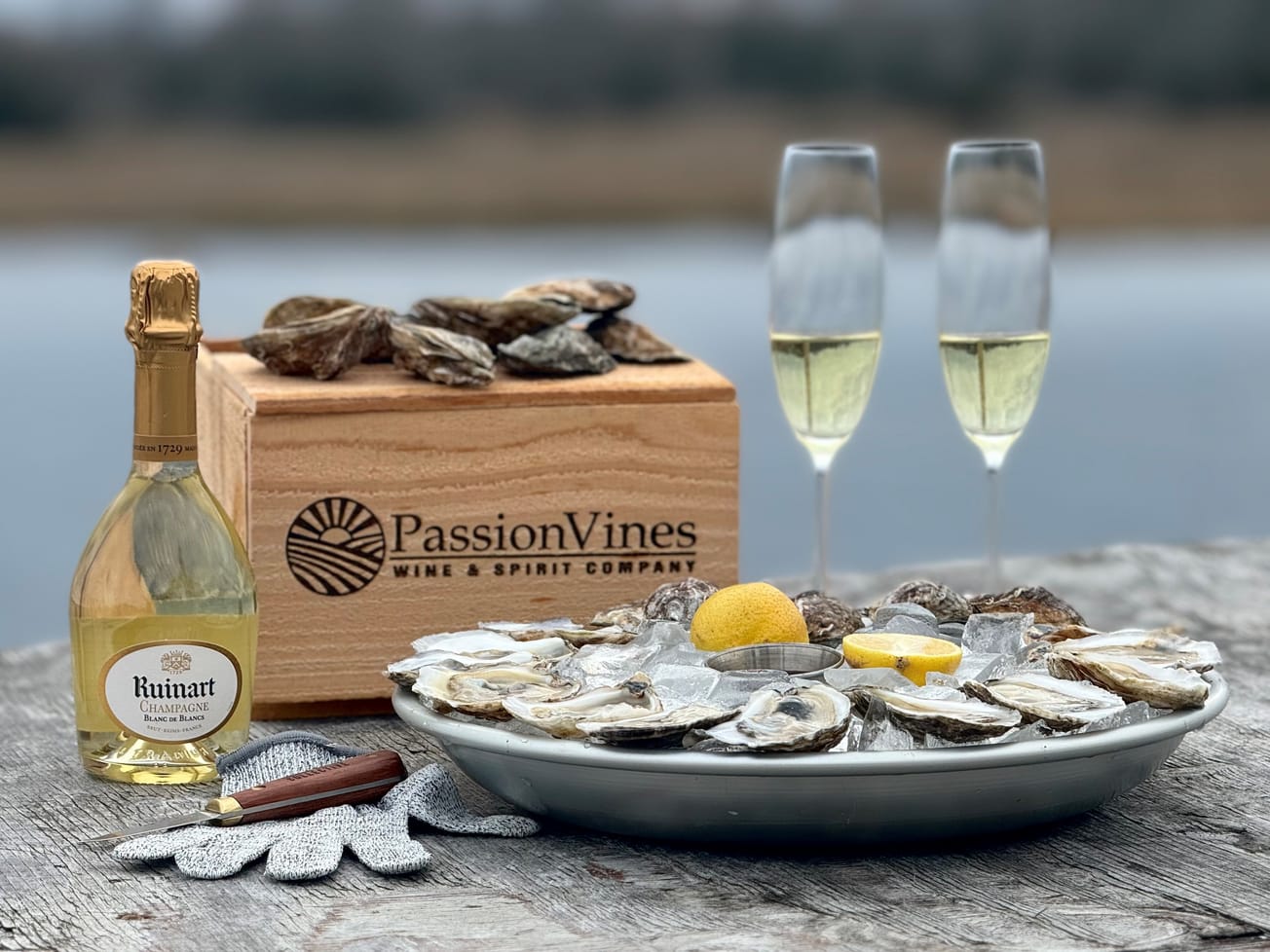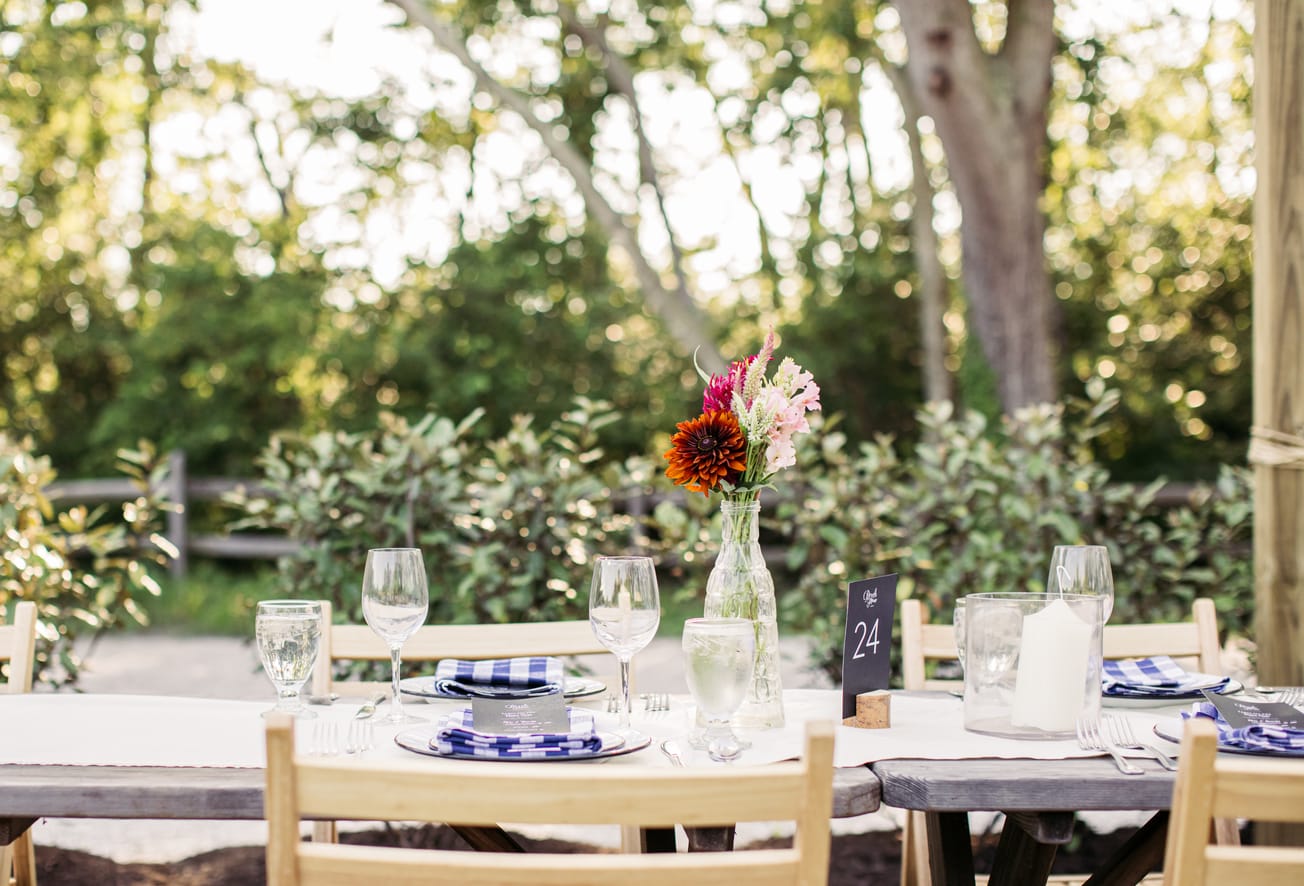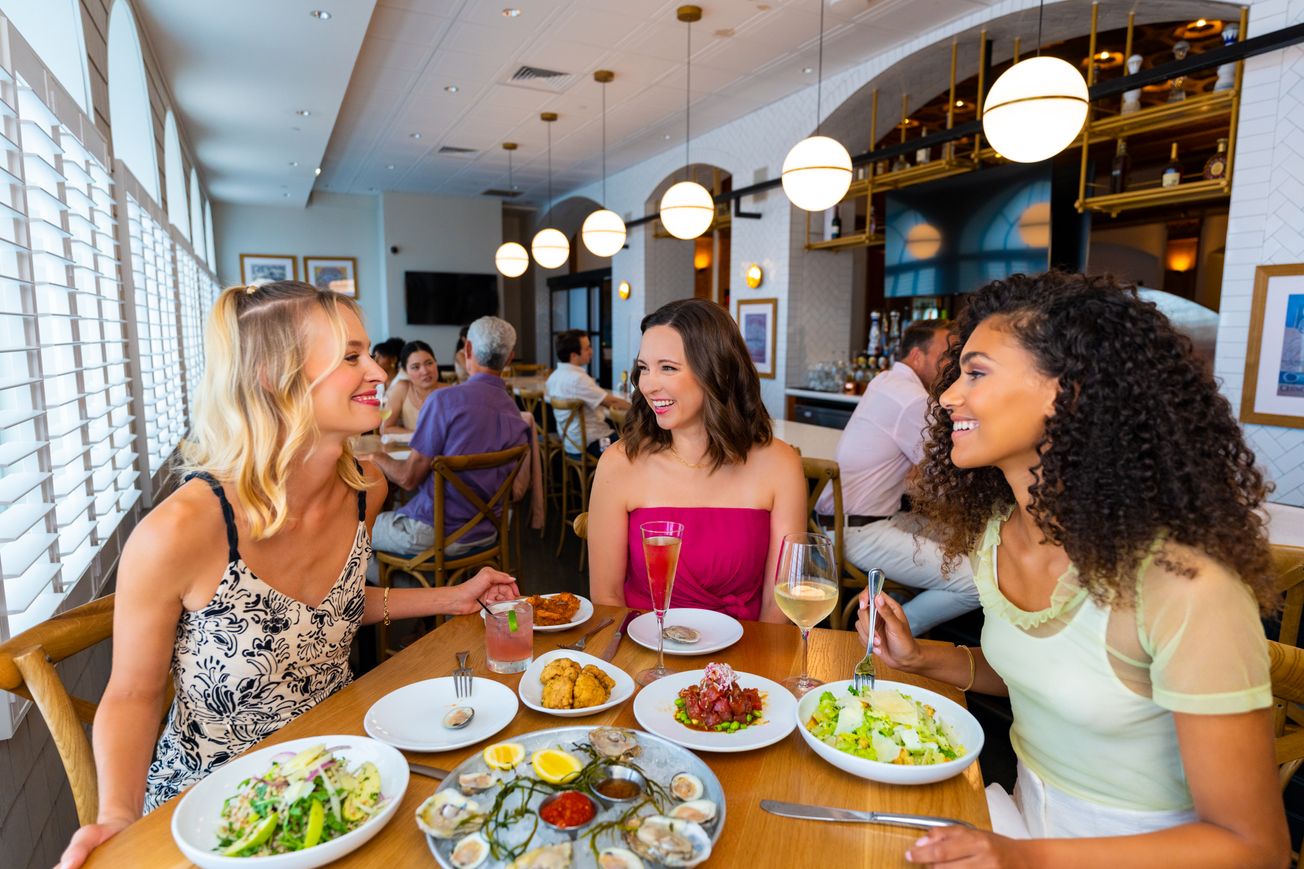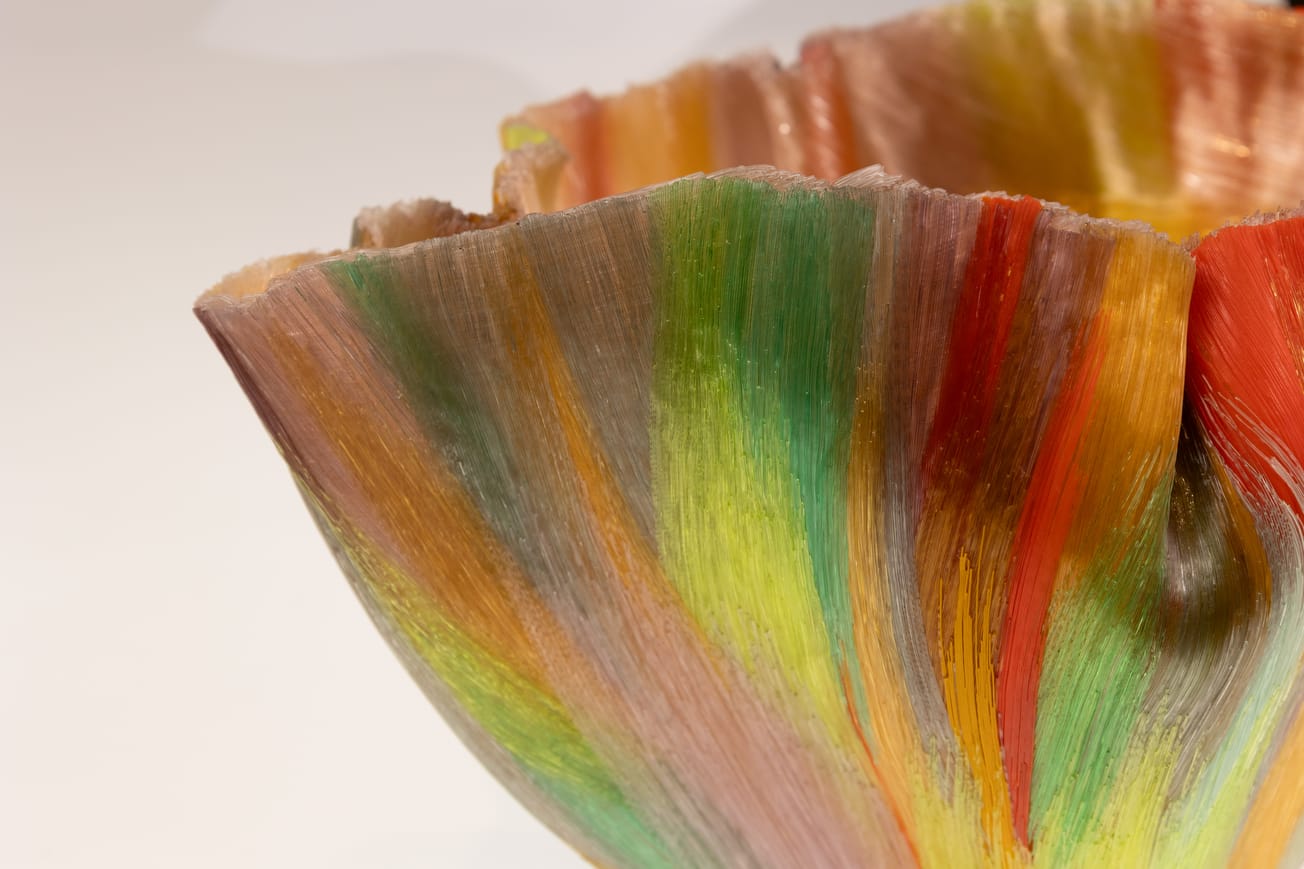I hope this finds you in a good and healthy groove in 2024. For many, you’ve survived a “dry January/February” (or maybe “damp,” which has now entered our lexicon) – Congratulations!
As I enter my 20th retail year in the wine business, the consumer is thirsty for knowledge, more than ever. I know this by the questions I receive and the attendance at our events and classes. For this, I express my gratitude for allowing me/passion vines to play a part in your wine journey. Let’s jump in…
Sue W. from Margate asks, “I love oysters, but always hesitate on the pairing. What do you suggest?”
Hi, Sue!! I love your question. I just returned from a trip to NYC where we visited a traditional oyster bar. I want you to focus on 3 words: brininess, minerality, and acidity. That’s it! A classic pairing with oysters is a crisp, dry white wine such as Muscadet or Chablis. These wines have high acidity and minerality that complement the brininess of oysters beautifully. Champagne or a good quality sparkling wine can also be an excellent choice!
My personal choice: Domaine de la Bregeonnette Muscadet Sevre et Maine 2022 ($19)
Donna B. from Somers Point asks, “How do I know if a wine is Organic?”
We are asked this question a lot, Donna. To determine if a wine is organic, you have two options. Scenario one: you’re solo, in the wine aisle, without any resources to help. We’ve all been there and sometimes prefer it that way. You should look for certification labels on the bottle. In the United States, a "USDA Organic" seal indicates the wine meets strict production and handling standards. In Europe, the "EU organic" logo serves a similar purpose. Additionally, the wine should have certification from an accredited organic certifying agency; another trick, when you’re solo, is to know the importer located on the back label. Every imported wine must list its importer. The best importers are very strict in their buying standards, and once you know that they specialize in sourcing “organic wines,” then you can trust them. This is especially helpful because many wineries follow organic methods without certification. Scenario two: ask for assistance! Our team loves to answer questions, especially related to “integrity” and “standards.” As I often say, there are wines made in a boardroom and wines made in a vineyard… always choose the latter. Lastly, read the label carefully, as there's a difference between wines "made with organic grapes" and those that are fully certified organic.
My current favorite Organic dry red: Azienda Agricola La Torre Rosso di Montalcino 2021 ($39)
Tom W. from Linwood asks, “What’s the difference between organic and biodynamic?”
Tom, a great piggyback question to Donna’s above. Organic farming focuses on growing grapes without synthetic pesticides, fertilizers, or genetically modified organisms, relying on natural substances and physical, mechanical, or biologically based farming methods. Biodynamic farming goes beyond organic practices, incorporating ideas about a vineyard as an entire ecosystem. It includes the use of organic farming methods but also follows the biodynamic calendar and involves preparations made from fermented manure, minerals, and herbs. Biodynamics considers broader cosmic influences and rhythms, with the aim of creating a self-sustaining system. Both aim for sustainability and environmental harmony, but biodynamic farming includes more esoteric concepts and is often seen as a more holistic approach.
My current favorite Biodynamic white wine: Paolo Bea Santa Chiara Umbria Bianco 2019 ($59)
Bill D. from Brigantine asks, “How should wine be stored?”
Hey, Bill! Important note: 90%+ of wine on the shelf is made to be consumed quickly/now. This means that attention to detail regarding storage matters less. I will answer your question through the lens of “age-worthy” wine, which is wine that will “get better” (also subjective) with time… Wine should be stored in a cool, dark place with a consistent temperature, ideally around 55°F (13°C). Bottles should be kept on their sides to keep the cork moist, which helps prevent it from drying out and allowing air to enter the bottle, potentially spoiling the wine. Vibrations should be minimized, and the space should have adequate humidity to prevent corks from drying out.
For those new to my column, please email me your wine question/s, and I’ll answer! It’s that simple.
With gratitude,
Michael Bray








